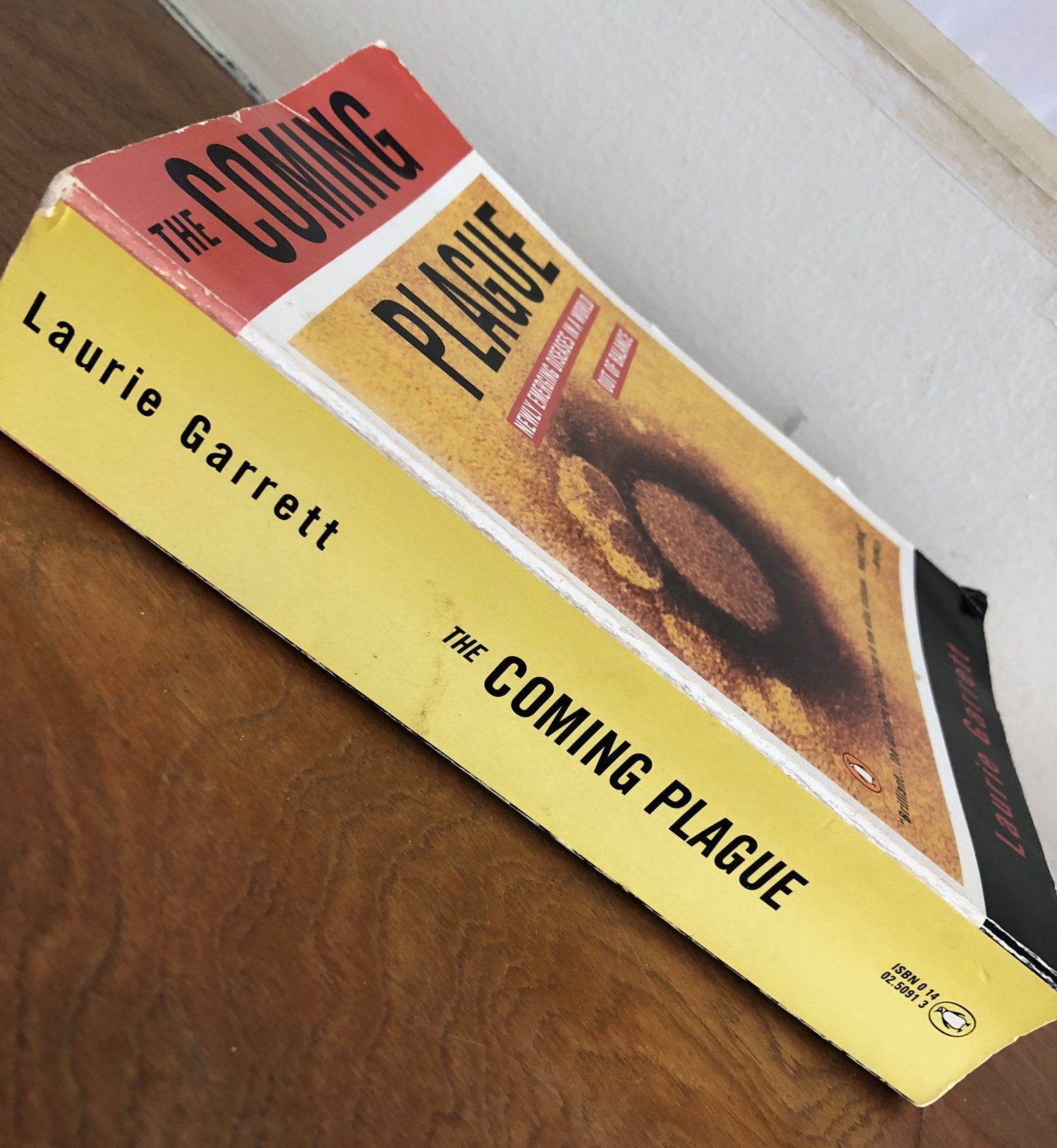Fresh cut tulips on my dining room table.
Dr. Shah’s prescription: treat yourself to some fresh flowers or a house plant!
I'm not sure if I've ever met someone who doesn't like plants or fresh flowers in their home and work environment. Pretty green things not only make pleasant decor, but they seem to be very good for your brain health too. Research is revealing that our brains are hardwired to de-stress and engage in new ways when we're in touch with beautiful natural things. That’s some good news!
A growing body of scientific evidence is showing that spending time in nature or even just looking at nature (yes, on computer screens too, seriously!), can improve our minds, attention spans, creativity, prosocial behavior (such as kindness), and much more. Being in touch with nature seems to also improve mental health, decreasing depression and increasing the sensation of "aliveness."
Walk the Green
Studies have shown that city dwellers have higher risk for anxiety, depression and other mental illnesses than people living in less urban environments. A great way to mitigate some of this risk is to choose daily paths to and from your destinations that include greenery, such as a park or tree-lined street. In fact, the Japanese have "forest therapy" as part of their medical arsenal to combat stress, and a study shows that walking in forests indeed decreases cardiovascular risk. Forest therapy can include hiking or simply spending quiet, mindful time with nature among trees and foliage.
See the Green
Adding some green to your indoor environment is a good idea too - plants, fresh-cut flowers, and even nature-scene screen savers and computer background images. Taking intermittent breaks and looking out of a window at some greenery is also helpful for your health, and not just because sitting for prolonged periods is harmful for your body (read more about that in a coming blog post). A study looking at college students in Australia doing a computer test showed that providing a single 40-second "microbreak" of an image of a green rooftop between tests improved their performance.
Be the Green
So, schedule your day to include "green breaks," however brief (does your office have a courtyard, terrace, or green roof?). Take a quick walk during lunch. Take a bike ride. Do some gardening. Have an after dinner stroll by some trees. Thinking creatively here is key. But whatever you do, make "being green" part of your health insurance policy! 💚
The Year of Yes is a weekly photo-and-word installment by Dr. Shah written with the purpose of evoking hope, resilience, and a gentle movement toward healthy change in all of us.


















